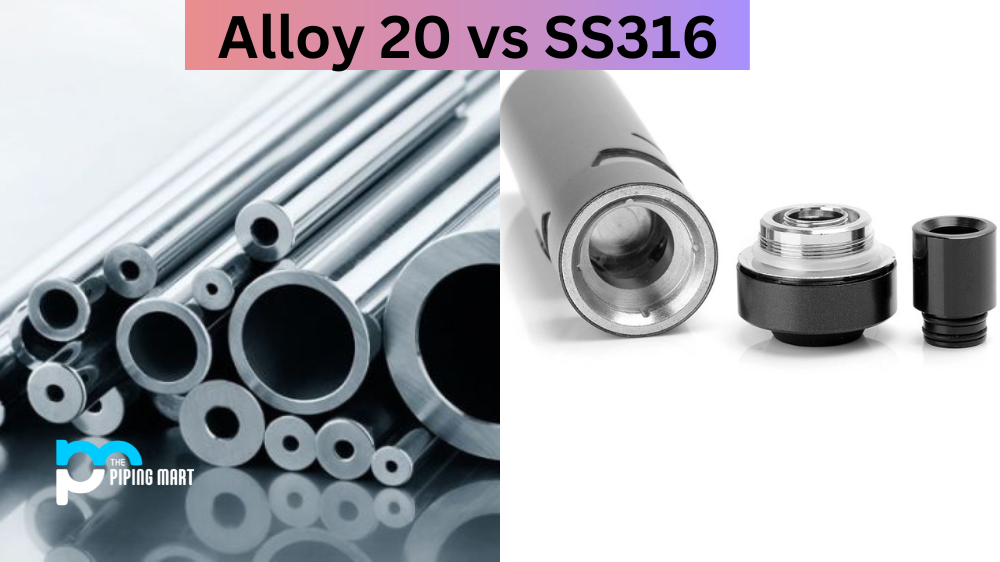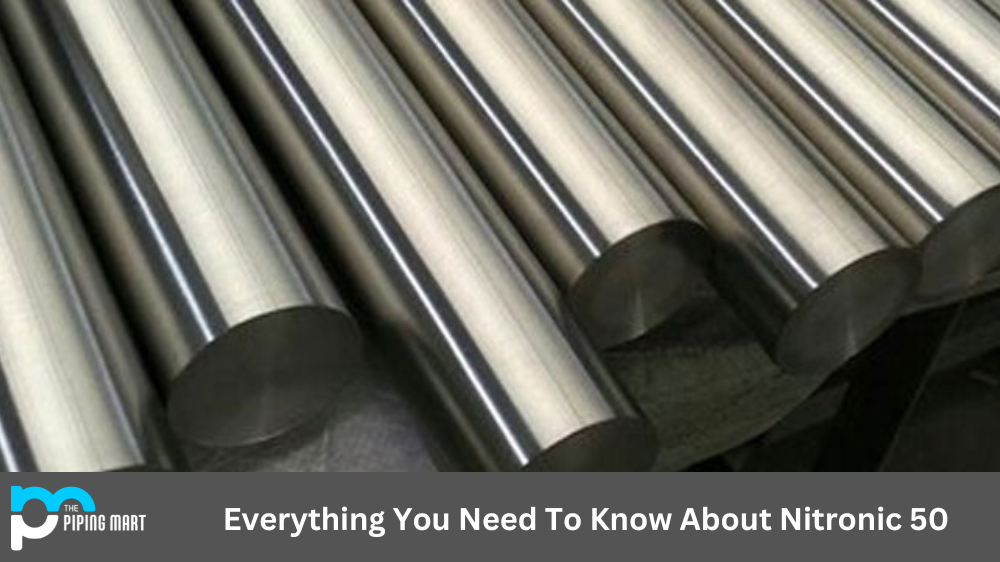Metal alloys like brass and bronze are frequently utilized in everyday products. Brass is an alloy of copper and zinc, while bronze is primarily an alloy of copper, typically mixed with tin but occasionally with different metals. These two alloys have a variety of uses as a result of their characteristics.
What is bronze?
Copper and tin make up the majority of the metal alloy known as bronze, which also contains 12% tin. Additional elements are added to produce various qualities, including silicon, aluminum, arsenic, manganese, phosphorus, and manganese. At 950°C, bronze metal has a greater melting point than brass but is also more brittle. Recycling bronze is comparatively more difficult. As a result of the copper (Cu) presence in bronze, it oxidizes in the air, giving rise to a distinctive mottled patina. When bronze is present in an environment like seawater, this helps to keep bronze from rusting quickly.
Application of bronze
Due to its properties, bronze can be used for both practical and decorative purposes, such as:
- Marine and fishing – Due to the strong corrosion resistance of bronze, many boats and ships use the material for fittings and propellers.
- Musical instruments and sculptures – Bronze’s dull-gold hue makes it a well-liked raw material for sculptures and other creative projects like bells and cymbals.
- Electrical connectors and springs – Because some bronze alloys have great electrical conductivity, they are especially well suited for electrical applications.
- Bushings and bearings – Due to its low metal-on-metal friction, the substance is appropriate for high-stress environments like those found in bushings and bearings.
What is brass?
Copper and zinc make up the majority of the metal alloy called brass. To achieve various characteristics and color changes, however, other metals are also blended in, including iron, aluminum, silicon, and manganese. For instance, a high zinc percentage increases strength and flexibility, whereas manganese presence improves corrosion resistance. With a melting temperature of only 900°C, brass is more flexible than bronze and can easily be cast into molds. Brass is easily recycled. Especially in galvanic saltwater, brass is designed to be corrosion-resistant. Dezincification is the term for the process by which zinc in brass is removed during corrosion, leaving only copper.
Application of brass
There are numerous industries where brass is used, including:
- Brass is a great material for decorative applications because of its brighter, gold-like appearance.
- Musical instruments – Its a very ideal source material for musical instruments due to its workability and durability (e.g., guitar strings)
- Plumbing pipes and tubing – Brass has a high level of corrosion resistance, making it appropriate for plumbing applications.
- Brass is utilized in electronic applications similarly to bronze because of its superior electrical conductivity.
Difference between bronze and brass
| BRASS | BRONZE | |||
| PROPERTIES | higher malleability compared to copper or zinc. Low melting point (900 c); melts and flows when melted. Brass is resistant to corrosion due to mixtures of iron, aluminum, silicon, and manganese. When exposed to ammonia, prone to stress cracking. It is not as durable as steel brittle | Brittle and rigid. Depending on the amount of tin present, but melts at 950 degrees Celsius. In addition to being a superior heat and electrical conductor than most steels, bronze also resists corrosion (particularly seawater corrosion) and metal fatigue more so than steel. | ||
| COLOR | Yellow is more muted and less shiny than gold. | Reddish brown | ||
| USES | Plumbing/electronics; Decorative; Low-friction applications (locks, gears, doorknobs, ammo, valves); Acoustic qualities of musical instruments; Zippers and applications where it’s critical to prevent spark (fittings & tools around explosive gas). | Due to resistance to corrosion caused by seawater, used in boat and ship fittings, propellers, and submerged bearings. Bearings, clamps, electrical connectors, and springs are frequently utilized for cast bronze sculptures. Premium bells and cymbals also use these materials. | ||
| COMPOSITION | Brass is any copper and zinc alloy. | A metal alloy known as bronze is predominantly composed of copper, generally with tin serving as the principal component, although it can also contain other elements including phosphorus, manganese, aluminum, or silicon. | ||
| HISTORY | Around 500 BC, brass was first identified. | Bronze first appeared around 3500 BC. | ||

Pipingmart is a B2B portal that specializes in metal, industrial and piping items. Additionally, we share the latest information and information about materials, products and various types of grades to assist businesses that are involved in this business.




